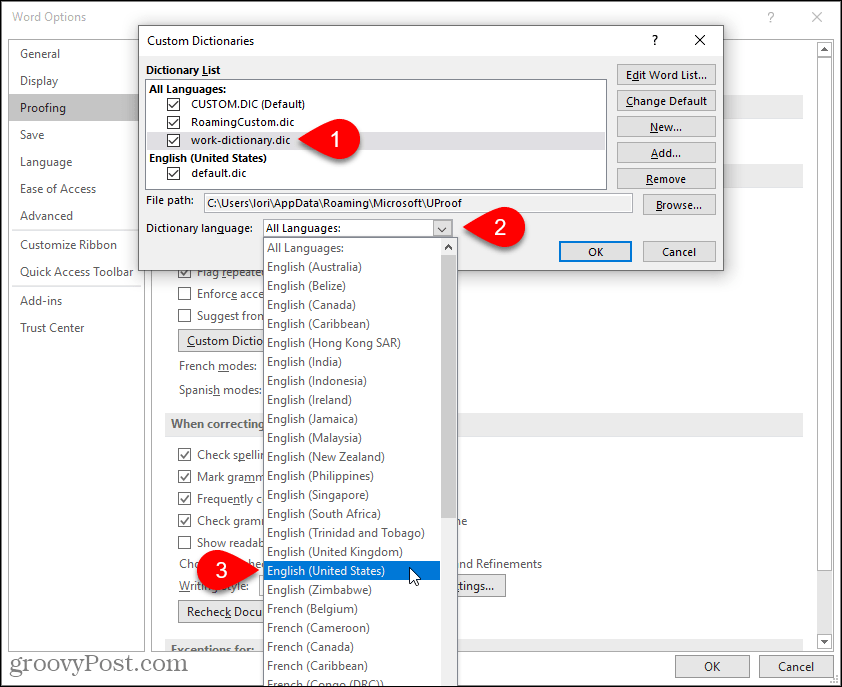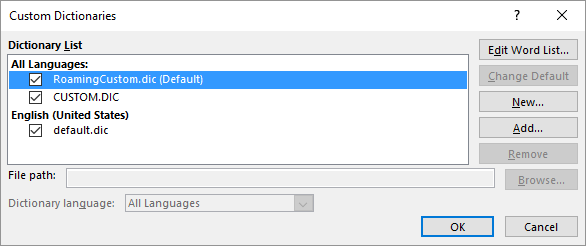
Write-Output "Total Keyword Dictionary SIT:" $Matches = Select-String -InputObject $entities -Pattern $kd.Identity -AllMatches $entities = $FileContent -split "Entity id" $FileContent = ::ReadAllText((Resolve-Path $rawFile), $unicodeEncoding)

::WriteAllBytes((Resolve-Path $rawFile), $ruleCollections.SerializedClassificationRuleCollection) $ruleCollections = Get-DlpSensitiveInformationTypeRulePackage To find out how many keyword dictionaries you have in your tenant, connect using the procedures in Connect to the Security & Compliance Center PowerShell to connect to your tenant and run this PowerShell script. There is a limit of 50 keyword dictionary based sensitive information types that can be created per tenant. 1 MB of post compression limit means that all dictionaries combined across a tenant can have close to 1 million characters. The tenant limit is also 1 MB after compression. Keyword dictionaries provide simpler management of keywords and at a much larger scale, supporting up to 1 MB of terms (post compression) in the dictionary and support any language. Although you can create keyword lists in sensitive information types, keyword lists are limited in size and require modifying XML to create or edit them.


Identifying sensitive items sometimes requires looking for keywords, particularly when identifying generic content (such as healthcare-related communication), or inappropriate or explicit language. Data loss prevention (DLP) can identify, monitor, and protect your sensitive items.


 0 kommentar(er)
0 kommentar(er)
